Wild Mushroom-Cheddar Burger
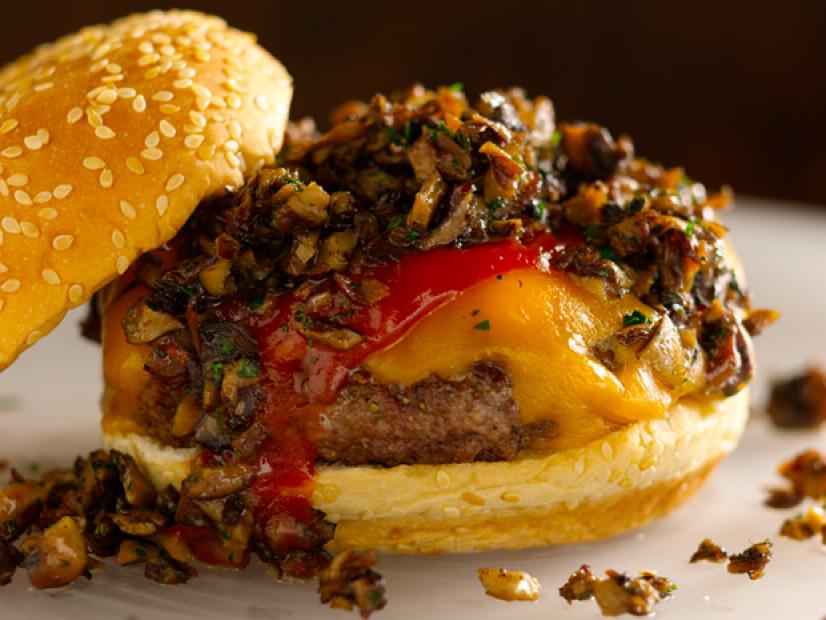
2 tablespoons olive oil
1 tablespoon unsalted butter
12 ounces assorted mushrooms (such as cremini, lobster, chanterelles, and stemmed shiitakes), chopped
1 small shallot, finely diced
Kosher salt and freshly ground black pepper
1 tablespoon chopped fresh thyme leaves
2 tablespoons chopped fresh flat-leaf parsley leaves
1 1/2 pounds ground chuck (80 percent lean) or ground turkey (90 percent lean)
1 1/2 tablespoons canola oil
4 slices sharp cheddar cheese
4 hamburger buns, split; toasted, if desired
Chipotle Ketchup (optional, recipe follows)
1 cup ketchup
2 to 3 tablespoons pureed canned chipotle in adobo (depending on how spicy you prefer it)
1/4 teaspoon kosher salt
1/4 teaspoon freshly ground black pepper
Heat the olive oil and butter in a large sauté pan over high heat until almost smoking. Add the mushrooms and cook, stirring occasionally, until soft, about 5 minutes. Add the shallot, season with salt and pepper, and cook until the mushrooms are golden brown, about 5 minutes. Stir in the thyme and parsley and transfer to a bowl. Divide the meat into 4 equal portions (about 6 ounces each). Form each portion loosely into a 3/4-inch-thick burger and make a deep depression in the center with your thumb. Season both sides of each burger with salt and pepper. Cook the burgers using the canola oil (see Cook’s Note) and topping each one with a slice of cheese and a basting cover during the last minute of cooking.
Place the burgers on the bun bottoms and top each burger with chipotle ketchup, if using, and a large spoonful of the mushrooms. Cover with the bun tops and serve immediately.
Chipotle Ketchup:
Whisk together the ketchup, chipotle, salt, and pepper in a small bowl. Cover and refrigerate for at least 30 minutes to allow the flavors to meld. The sauce will keep for 1 week in a tightly sealed container in the refrigerator.
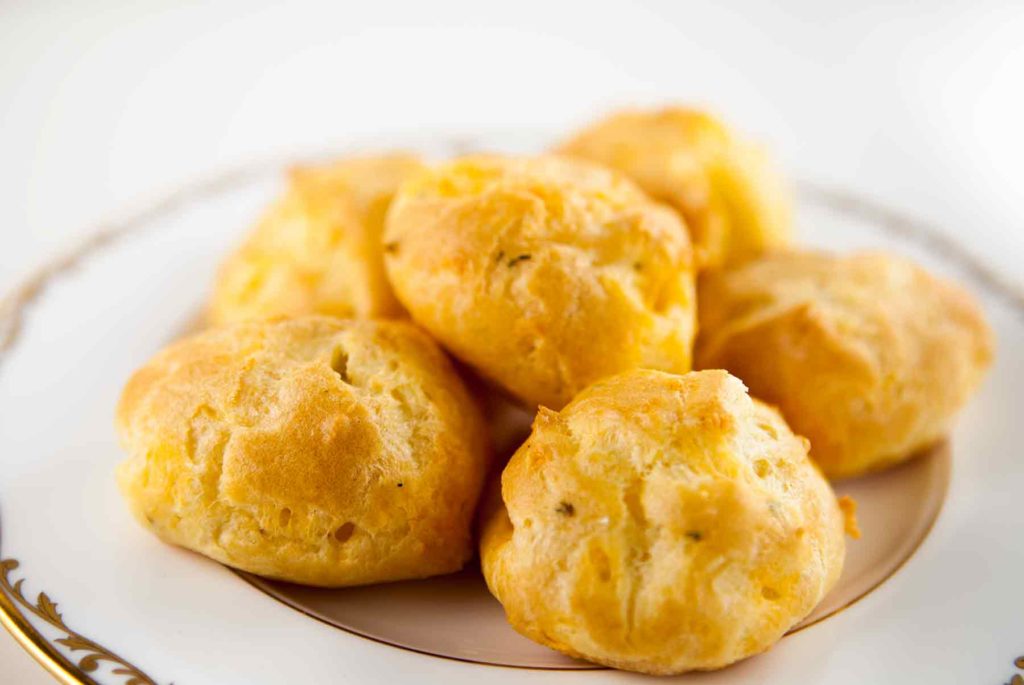 Fluffy Cheese Puffs
Fluffy Cheese Puffs

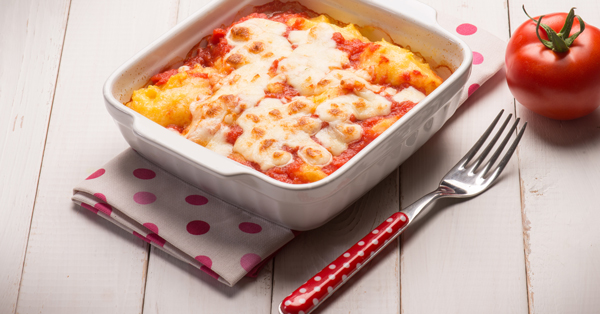 Polenta Casserole
Polenta Casserole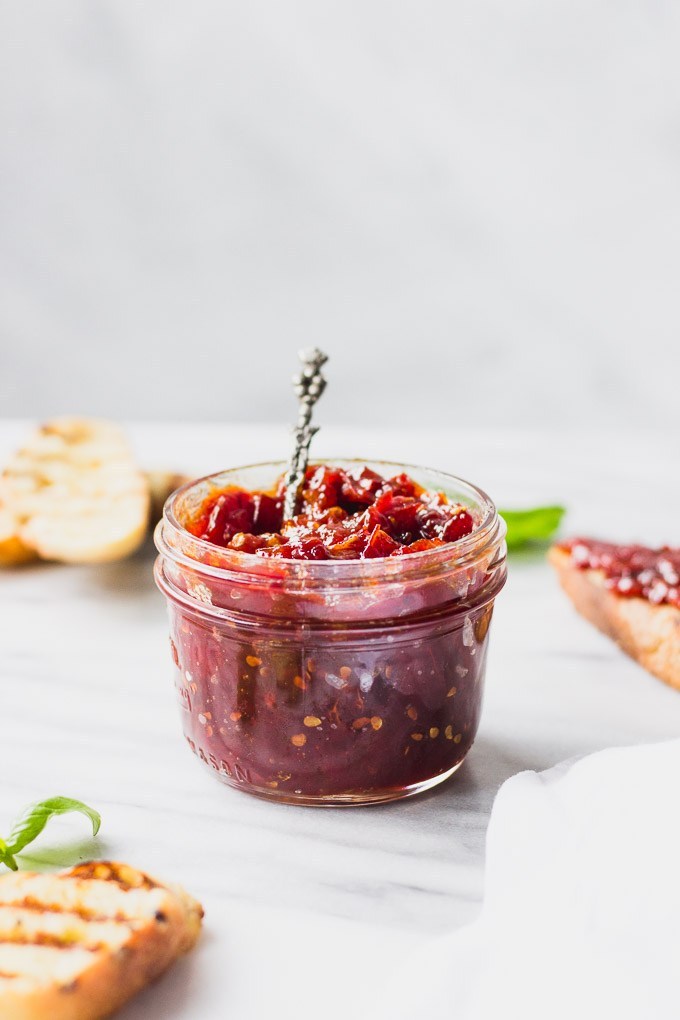
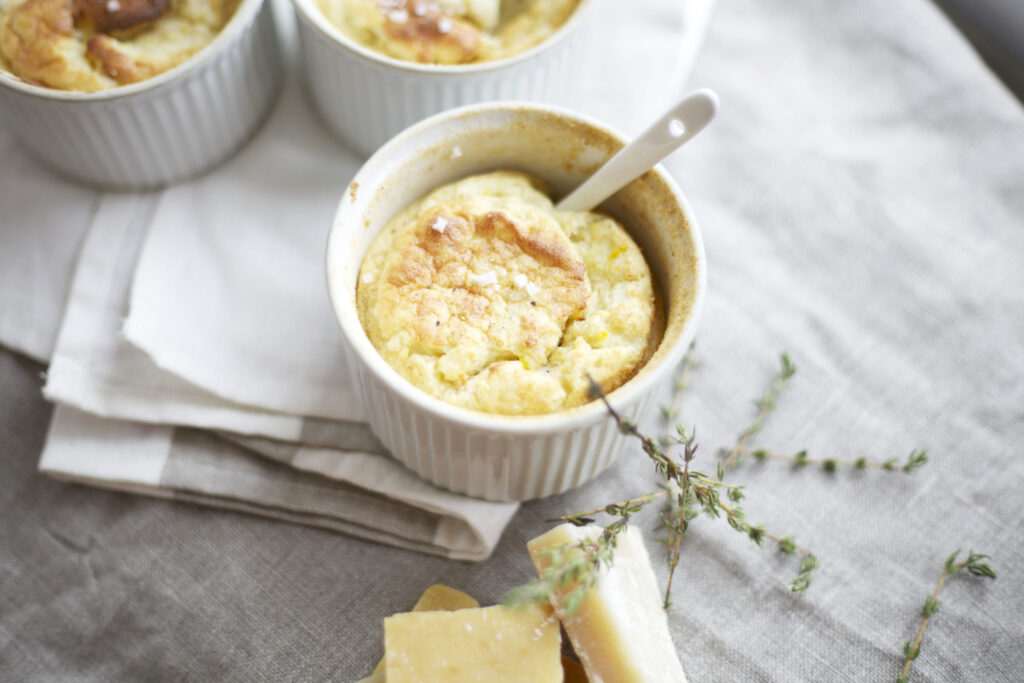 2 T. dry bread crumbs
2 T. dry bread crumbs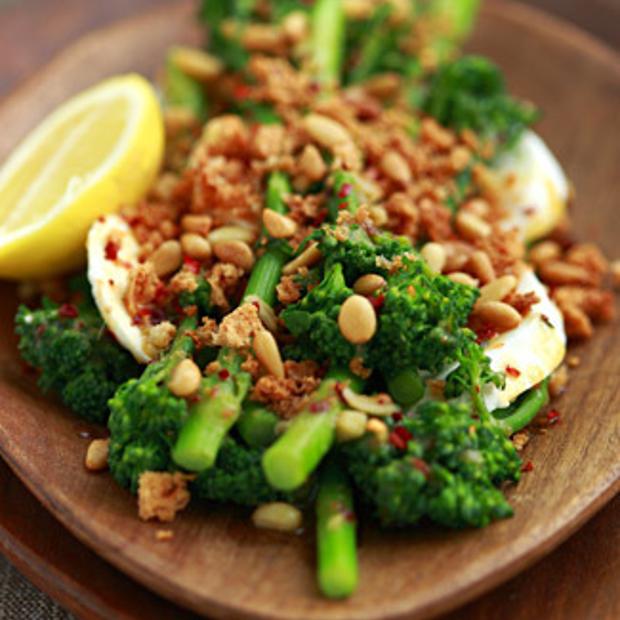

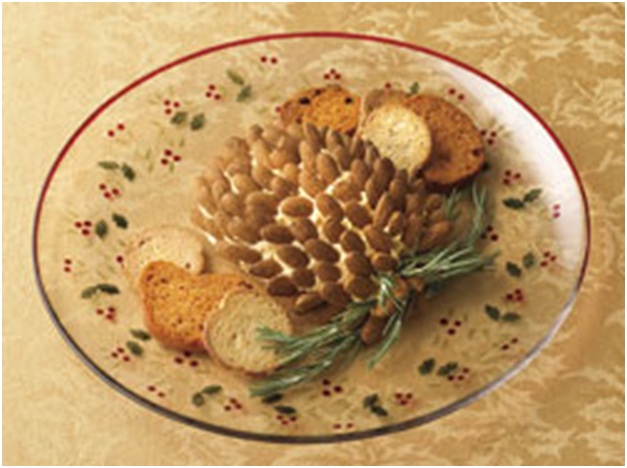


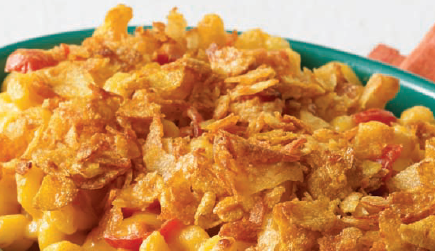
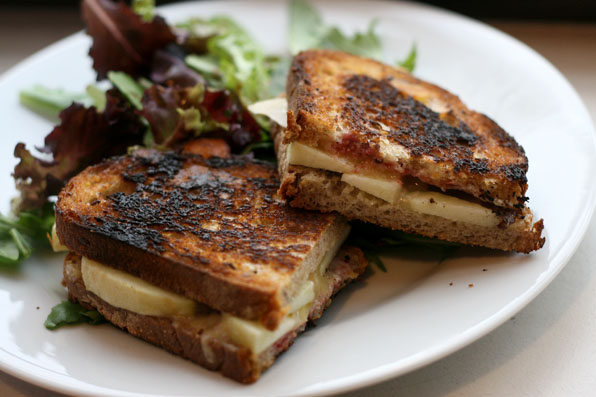
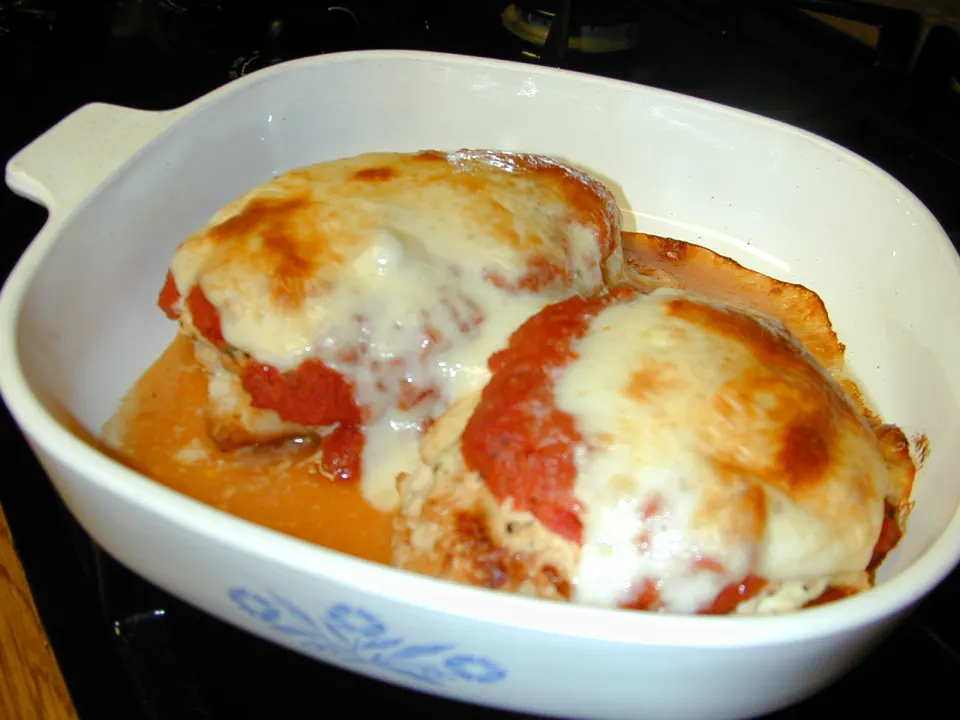 1 C. reduced-fat ricotta cheese
1 C. reduced-fat ricotta cheese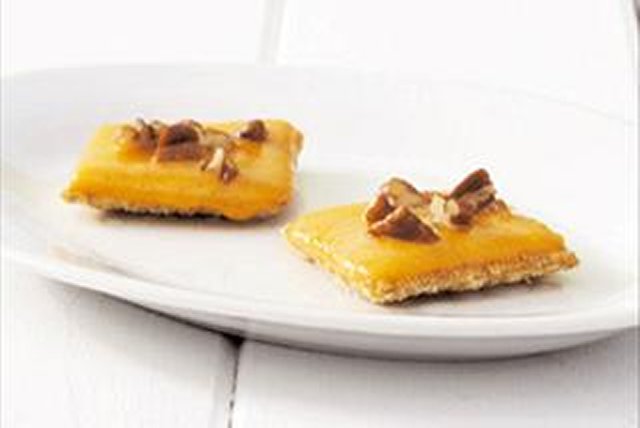 2 Triscuit Crackers
2 Triscuit Crackers 1 T. butter
1 T. butter 3 T. balsamic vinegar
3 T. balsamic vinegar